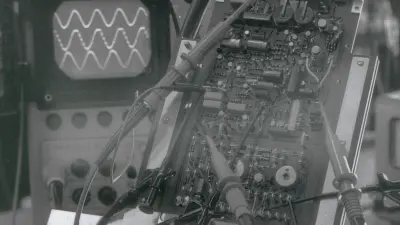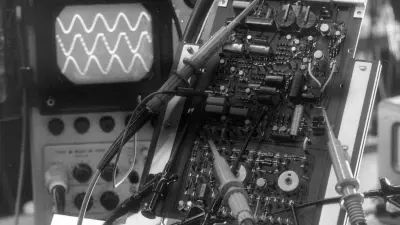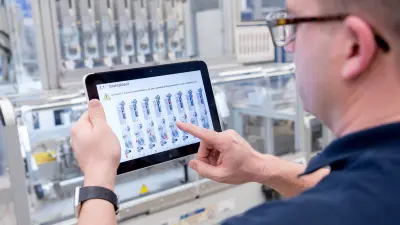Data network for the car: The Controller Area Network CAN
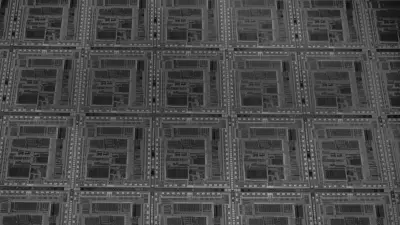
Imagine a situation where all the family homes in the country were linked to each other by their own dedicated roads. It would be expensive, pointless, and inflexible.
But until a couple of decades ago, the situation for automotive control units, sensors, motors, and actuators was not much different. And with the number of electrical and electronic functions increasing, the number of cable connections was starting to get out of hand — thus endangering the systems’ reliability. The problem was solved in one fell swoop by the CAN controller area network, designed by a team led by the Bosch researchers Siegfried Dais and Uwe Kiencke. They created a data transmission system in which the digital signals traveling to and from the increasing number of automotive electronic components were routed along shared “main arteries”.

The Bosch researchers filed for the initial patent in 1985. The first systems to be trialed demonstrated extremely high reliability of transmission and availability, even in the case of electromagnetic interference pulses. All the transmission protocols were developed in the form of low-cost microchips. But to start with, things were not easy, as the CAN pioneer Dais (who would later become a member of the Bosch board of management) points out: “We had no special expertise at all, but instead had to work many things out for ourselves. For example, none of us had any specialist knowledge of serial data transmission.”
His colleague at the time, Kiencke, tells of their rapid string of successes compared to the competition: “Nobody else had made as much progress with development, our data transmission rate was very high, and our error rate was extremely low.” The Bosch solution won its first order in 1991, when CAN was installed in the Mercedes-Benz S class.
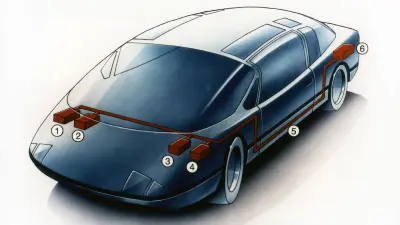
CAN by no means replaced all the cables, but it did help limit their profusion and link the function of different electronic controls. This completely changed the game for future developments. Indeed many subsequent innovations, such as driver assistance systems, rely on coordinated, simultaneous commands issued by a number of different control units. The automated driving functions that Bosch wants to make ready for production over the next few years would be practically impossible without CAN, which is now standard in nearly all new vehicles.
Author: Dietrich Kuhlgatz

